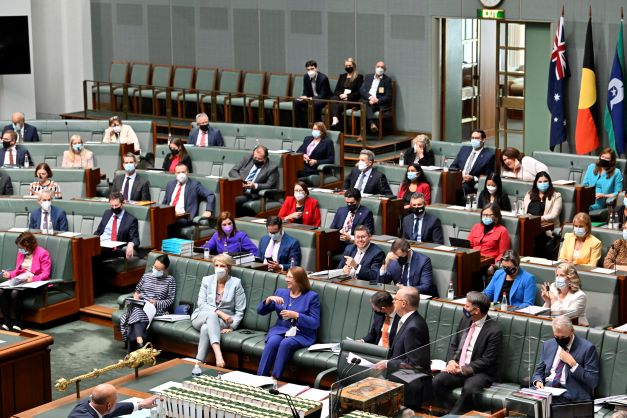Is there any difference between being a member of government, executive government or Cabinet?
Yes, there is a difference.
Any senator or member of the House of Representatives who belongs to the political party (or coalition) that has formed government is a member of the government.
From within the government, the prime minister, ministers and assistant ministers make up the executive government. The executive government is responsible for putting laws into action. There are around 40 members of the government in this group. The Australian Constitution also includes the King – represented by the Governor-General – in the Executive.
Cabinet is then a smaller group made up of some of the Executive. It includes the prime minister and the most senior ministers. There are around 20 ministers in Cabinet. They:
- set government policy
- decide on bills to be put before Parliament
- administer government departments
- develop approaches to national problems.
The government side of the House of Representatives

Penny Bradfield/DPS AUSPIC
Description
The leader of the government is the Prime Minister, who stands and speaks at the main table in the House of Representatives. Members of the government sit in the 5 rows behind the Prime Minister. The government is the party or coalition of parties with the support of the majority of members of the House.
Permission should be sought from DPS AUSPIC for third-party or commercial uses of this image. To contact DPS AUSPIC email: auspic@aph.gov.au or phone: 02 6277 3342.